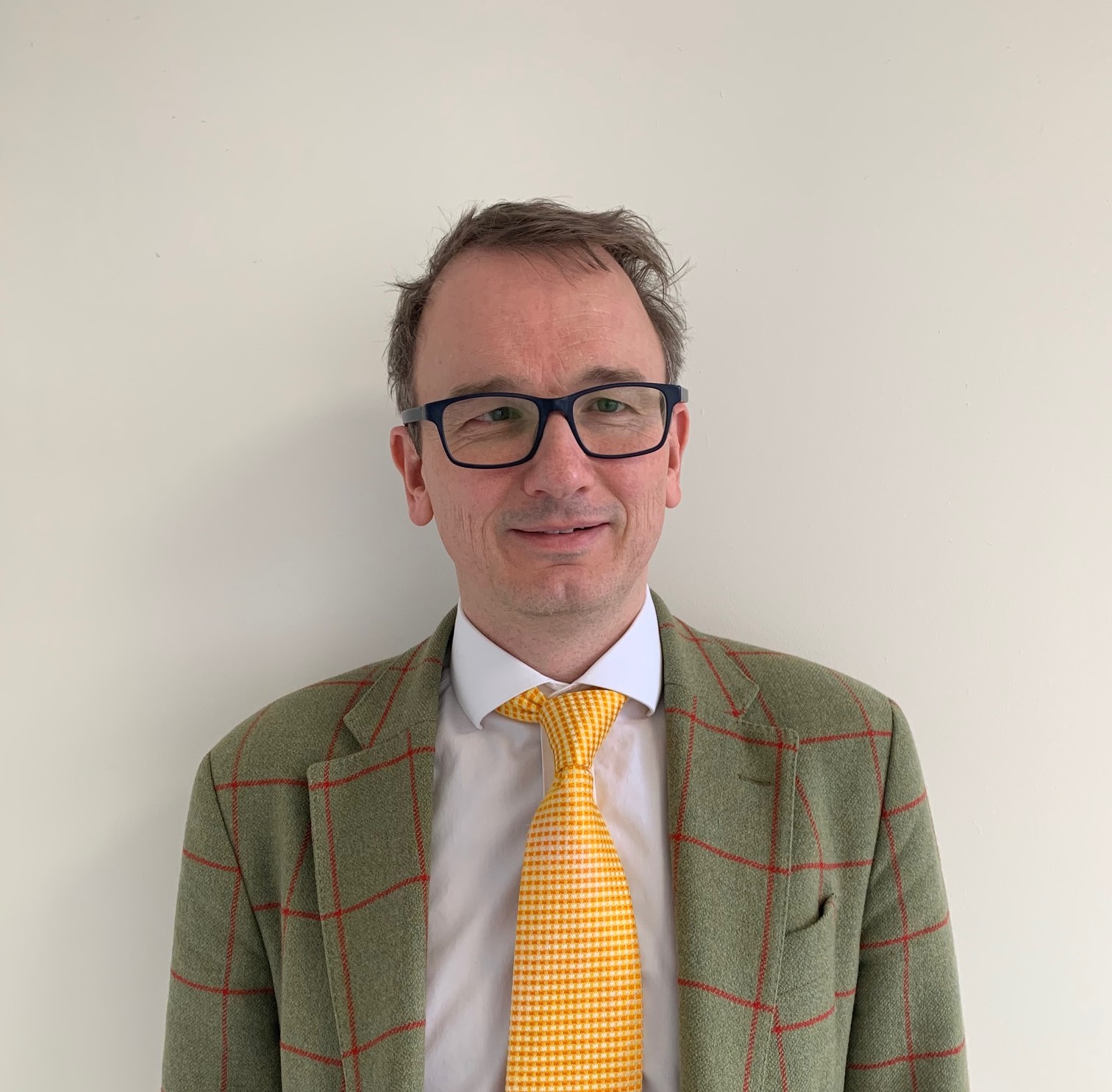
I have recently returned from the European Association of Nuclear Medicine annual Congress in Barcelona. This was very well attended with over 7000 delegates, there was a real buzz at the meeting with much enthusiasm for the future opportunities within our Specialty. Barcelona is always a great venue in October with weather not that different from our summer. I saw many UK colleagues at the meeting and it was great to see many of our members holding positions with the within the EANM, presenting posters and speaking in sessions.
I attended the world Federation of Nuclear Medicine meeting where we were discussing initiatives to improve Nuclear Medicine access throughout the world and the benefits this would give to worldwide cancer survival. A recent analysis demonstrated that improvement in diagnostics would make more impact than simply improving treatment.
There were a number of talks on whole body PET/CT and the opportunities that the systems will afford for research. The whole body dynamic images are something to behold and it will be interesting to see the benefits particularly in drug design and pharmacokinetics that the scanners should be able to support. Very short scan times in a matter of a single digit number of minutes are possible as are very low doses of tracer to allow multiple serial tracer studies in the same patient.
In more mainstream PET/CT the systems are becoming ever more sensitive with routine PET/CT possible in certainly under 10 minutes and even under five minutes. Getting the patient on and off the scanner will take more time now than perhaps the scan itself. We will potentially be able to use smaller doses of traces which will improve radiation protection for both patients and staff alike. We are definitely in a very exciting era of PET/CT development. This should be able to support the ever increasing demands in the referral base but of course this work still needs to be reported which is an area we need to grow a lot so patients get the timely service they deserve.
PSMA and PSMA directed therapy occupied a large amount of the program at EANM. This is an area which is likely to impact the UK and we will need to build the infrastructure and train the staff to deliver this service. Much work is being done on using PSMA to study other cancers, the one thing PSMA is not his prostate specific! This may lead to other mainstream clinical applications for this tracer.
We have a large number of registrations for the Swansea BNMS meeting and with some of the sessions being fully booked already the meeting is likely to be excellent. In summary, despite the significant operational pressures in the NHS currently I think the future is bright for Nuclear Medicine and we are fortunate to be working in this exciting Specialty.
Prof Richard Graham
BNMS President
 An interview with Gerard McKiernan for BNMS2024 https://youtu.be/sP4eRjS1Hb4?si=ZF1RPE5ge2qbu5do
An interview with Gerard McKiernan for BNMS2024 https://youtu.be/sP4eRjS1Hb4?si=ZF1RPE5ge2qbu5do